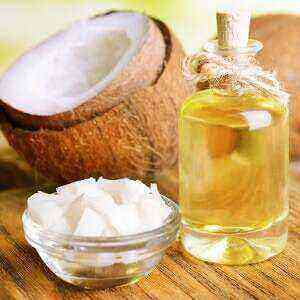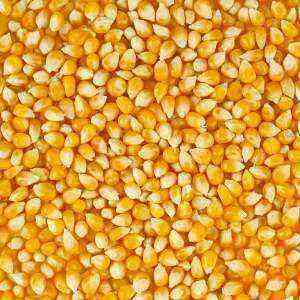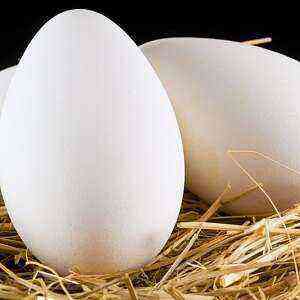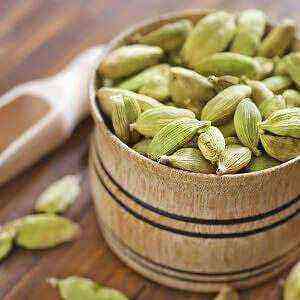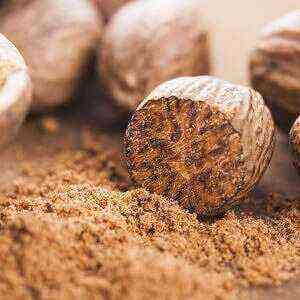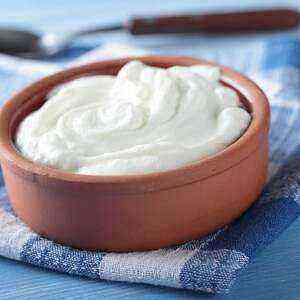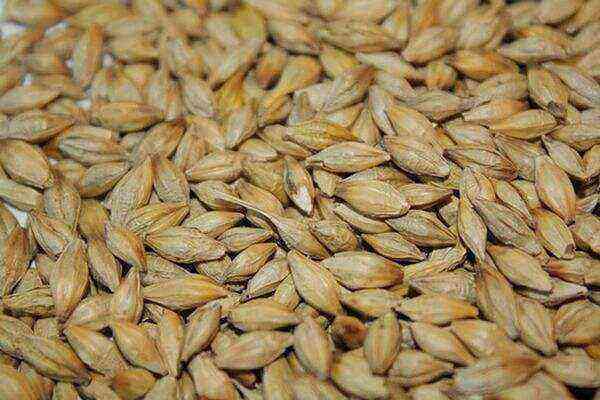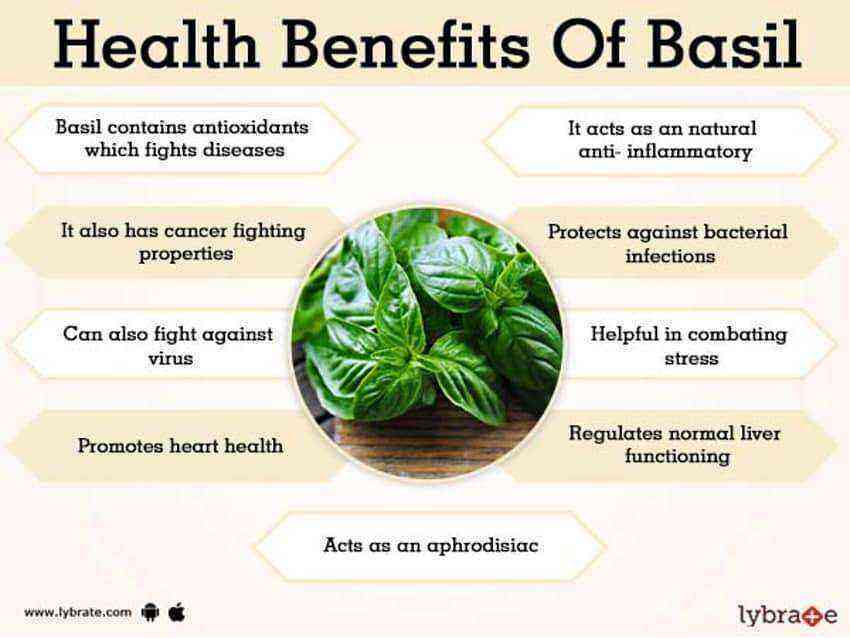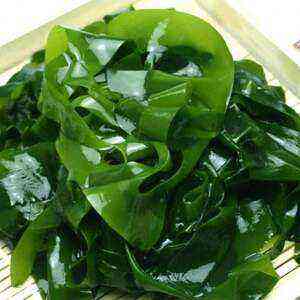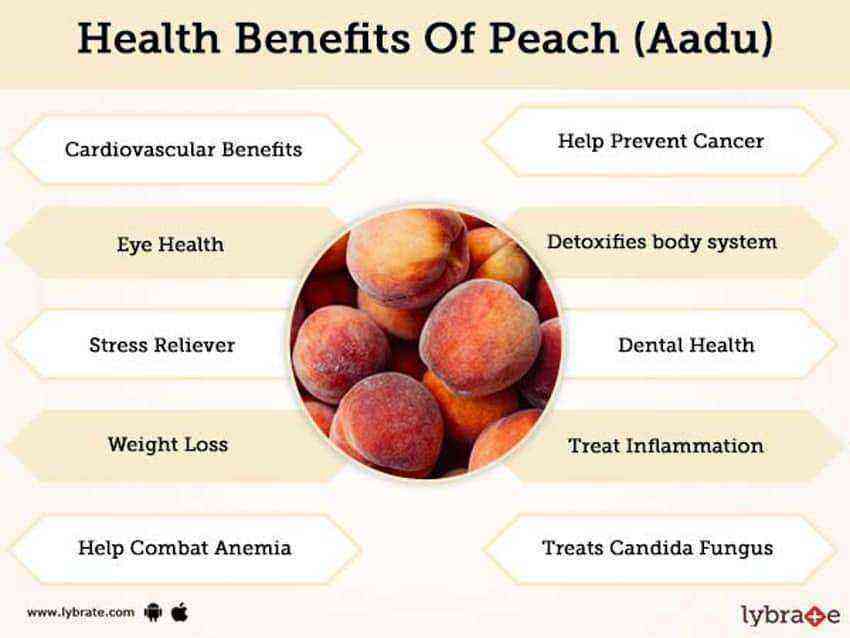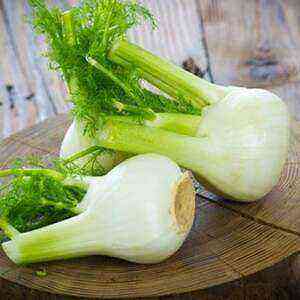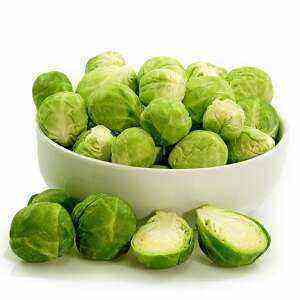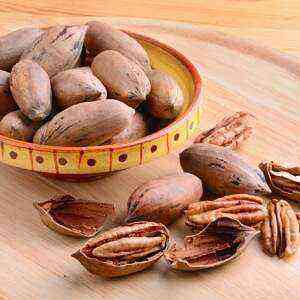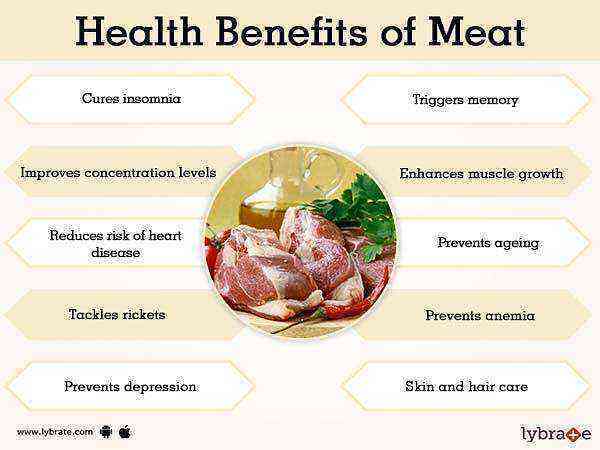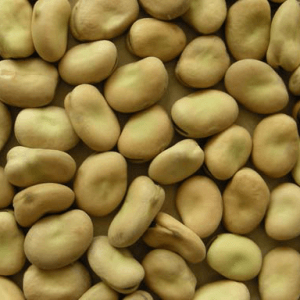Traditionally, the preparation of white bread is associated with the use of yeast. It is thanks to them that pores are formed, and the loaf becomes voluminous and lush. It is customary to add salt, a variety of seeds and spices to many varieties. They give the product an original taste and increase its vitamin value. And with all these ingredients, wheat bread can have different effects on our body.
Useful and harmful additives
1. Flour.
So, the main component of the composition – wheat flour, devoid of most of the fiber and vitamins, provides the body with starch and energy. For those who lead an active lifestyle, the wheat loaf is practically a pure energy drink.
But at the same time, any, even minimal, excess of such calorie-rich carbohydrates is quickly and efficiently converted by the body into fat deposits, which leads to obesity.
In addition, the processing of naked starch in the body often leads to various metabolic disorders. A diet based on the predominance of wheat flour products leads to a lack of vitamins, certain shifts in energy cycles. As a result, the white loaf is often cited as the cause of diabetes and digestive disorders.
2. Yeast.
These microorganisms, in addition to giving the loaf splendor, also give the body many amino acids and biologically active compounds, so they can be considered a useful component of white bread. Only rarely can yeast cause allergic reactions.
3. Natural supplements.
A variety of natural additives – from seeds and spices to nuts and dried fruits – add additional vitamins and microelements to the product.
4. Eggs
Sometimes eggs are added to the dough. This makes the taste of the bread richer and enriches it with protein. The only drawback of such an additive is that the product deteriorates faster.
